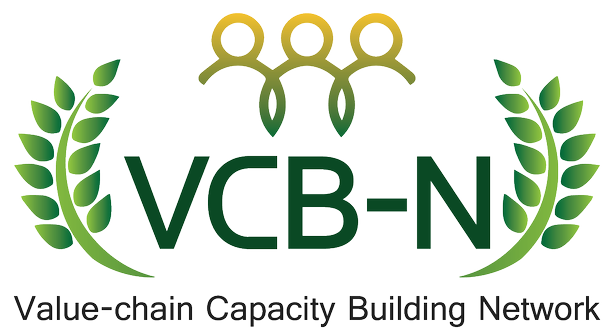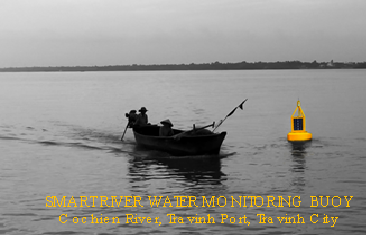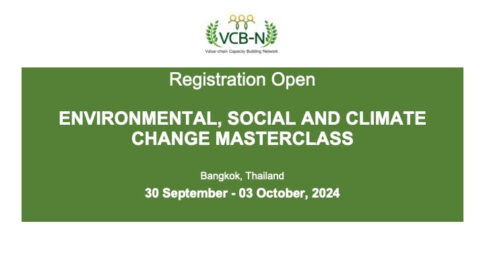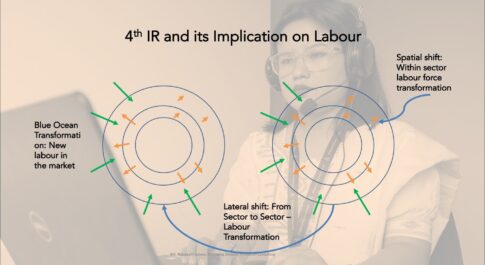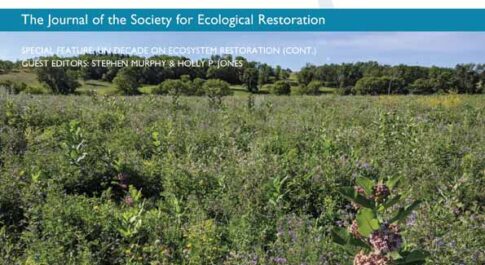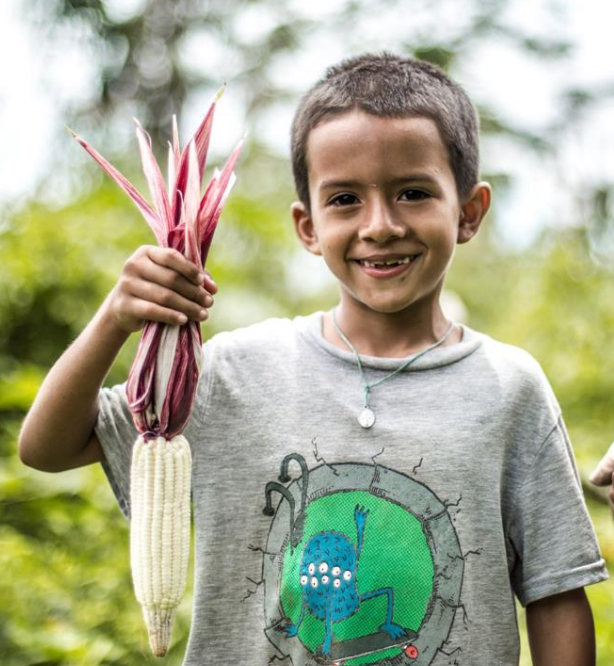
Good practice
Clean char-briquettes using recycled coconut shells
The following good practice is conducted by Dr Sar Chetra, Director of the Project Building Adaptive Capacity through the Scaling-up of Renewable Energy Technologies in Rural Cambodia (S-RET) / IFAD-MAFF. The case study was selected and presented in Mekong Knowledge and Learning Fair (IFAD) by representative from Cambodia.
(For presentation in the event, please click here)
Background
The S-RET project prioritizes the use of renewable energy in the agriculture sector and is aligned with Cambodia’s Climate Change Strategic Plan (2014 – 2023) and Climate Change Priorities Action Plan For Agriculture, Forestry, and Fisheries Sector (2016-2020). The project’s main goal is to increase the rate of adoption of renewable energy technologies (RETs) proven to work in Cambodia, test high potential new RETs, and establish enabling conditions such as policy frameworks, capacity building for technology transfer, financial incentives, and market opportunities for the large-scale adoption of RETs using a market-driven approach. The adaptation benefits from the project include the decrease in deforestation and land degradation, reduced dependence on fossil fuels for post-harvest processing, increased household assets that enhances the adaptive capacity and development of irrigation with improved water use efficiency for production of high-value off-season vegetables. The project will cover five target provinces of Cambodia: Kandal, Takeo, Kampot, Svay Rieng and Prey Veng.
Innovations / Good Practices
Lack of affordable energy is also a major constraint to local postharvest processing. Cambodian farmers and local communities lose the opportunity to benefit from value-added activities, to diversify the local economy and to create wage employment opportunities in the local area. The company Sustainable Green Fuel Enterprises (SGFE) has been awarded a Testing grant under the Call for Proposals mechanism instituted by the S-RET project. SGFE’s char-briquettes are mainly used for cooking (grilling, baking, steaming, simmering) and now also at farm level for poultry brooding/warming. The use of char-briquettes for cooking has been successfully tested and scaled up. The company produces 100 tons of briquettes per month, 85% is sold in Phnom Penh and the majority of clients are street food vendors and households. About 15% of customers are from rural areas. The use of briquettes for poultry brooding/warming is in the process of being tested.

Impact
Using SGFE’s char-briquettes instead of the traditional charcoal saves Cambodian forests from illegal logging, reduces CO2 emissions and combats Climate Change. Every kg of SGFE’s char-briquettes saves 6.5 kg of wood which is not cut from Cambodian natural forests. SGFE has saved a forest area in Cambodia equivalent to 165 football fields, thus reducing (absorbing) about 28,000 tons of CO2 emissions. Laboratory tests show that SGFE’s char-briquettes go well beyond compliance of the international standard for charcoal/char-briquettes EU NF 1860. Beyond the utilization of char-briquettes in urban and peri-urban areas as cooking fuel, the use of these briquettes has now also been applied at the agriculture level for poultry brooding, to both decrease the mortality rate of the chicks and/or ducklings and increase the number of production cycles, and to “convert” farmers that already use charcoal (or other energy sources such as electricity or kerosene) to char-briquettes. In addition, thanks to the brooding system, the number of cycle of production can double (from 2 to 4 cycles per year). Depending on the number of flocks by farmer it could generate at least between USD 50 to USD 500 per year of additional incomes. In addition, the technology has potential to improve food security and nutrition of smallholders thanks to the increase of chicken self-consumption which has been proven to happen when production increases and also strengthens gender equality since women play a key role in this activity. The potential impact is significant given that 75% of Cambodian smallholder farmers are also raising poultry as a secondary business.
Facilitating Factors / Challenges
With regards to facilitating factors, on a long-term vision, the main advantage of this technology is its easiness of usage as everyone knows how to use cookstoves and its affordability. There is no need for specific financial mechanism to overcome end-user purchase barriers. Following the example of the successful development of Lao stoves (in Cambodia pioneered by the French NGO GERES) which relies on its very low upfront costs, this RET could follows the same success while in addition ensuring a high productive use. With regards to challenges, part of the overall improvement of smallholders’ poultry raising practices cannot be solely attributed to the energy needs but other costs need to be added (i.e. vaccination medicines, boxes for chicken and/or duck pens to separate pens according to age and weight groups of chickens/ducks, to reduce cannibalism and bullying and contribute to faster growth weights).
Lessons Learned
The operation and maintenance of the RET is one of its main strength added to its affordability. It is based on traditional stoves or very similar stove thus there is almost no need for farmers to be trained. The usage of bio-char-briquettes doesn’t require specific training neither. Actually, the main training will not be to operate the RET but to maximize its effects by training the farmers on the best practices for chicken and duck raising. Improvement of food security can be achieved through such RET application. From a recent study commissioned by People in Need (PIN) and based on the assessment of 100 smallholder farmers, all producers were found to consume between 25-30% of the total amount of chicken that they produce, but poorer farmers prioritize selling chickens over consuming them when they are facing high mortality rates. The main challenge of the project consisted in building an efficient and sustainable last mile distribution model. This requires having a holistic approach, conduct in-depth, thorough and evidence-based analysis (supply chain gap, customers’ enablers and inhibitors, financial mechanisms) and implement an iterative process including close follow-up, monitoring and assessment.
Recommendations
While revenues for these producers represent relatively small proportions (7%) of total household income, women accrue most of this income, which allows them to cover household and education expenses for their families. As a result, the RET application has not only improved the economic situation of smallholders but also increased their resilience and empowered women in the household and improved gender equality since women play a key role in smallholders’ poultry production.
You may want to read
